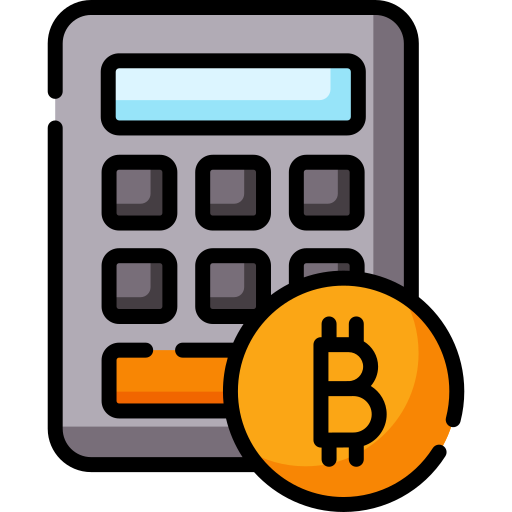A recent analysis of developer activity across the blockchain sector has revealed interesting trends, highlighting certain projects with notable advancements in development and community engagement. Among these, several blockchain platforms have demonstrated significant growth, while others have seen a decrease in activity, signaling varying levels of market health and developer interest.
The Internet Computer (ICP) project has shown impressive developer activity, ranking first in the 30-day developer activity category with a Dev. Act score of 709.2. This marks a strong development presence for ICP, which has been working to expand its cloud computing solutions and blockchain infrastructure. However, despite the increase in developer engagement, ICP’s price has taken a hit, with a 1-day drop of 8.96% and a 7-day decrease of 8.96%. Nevertheless, the market cap remains substantial at $4.03B, securing it the 34th spot in terms of market capitalization.
Strong Developer Engagement in Key Projects
ChainLink (LINK) and Hedera (HBAR) have also reported impressive developer activity, ranking second and third with Dev. Act scores of 572.43 and 484.37, respectively. Both of these projects have long been key players in their respective niches, ChainLink in data oracles and Hedera in fast, scalable blockchain solutions.
Despite a slight decrease in developer activity compared to ICP, ChainLink’s developer presence remains strong, reflected in its continued market dominance in the decentralized finance (DeFi) space. It currently has a market cap of $14.54B and ranks 11th, underlining its established position in the blockchain ecosystem. Hedera, which has seen an 8% drop in price over the past week, continues to perform well in the enterprise blockchain space, focusing on scalability and efficiency. The 16.76% increase in its developer activity suggests that Hedera is expanding its ecosystem, which could be critical to its ability to attract institutional and developer interest in the coming months.
Ethereum (ETH), the second-largest cryptocurrency by market capitalization, has remained a dominant force in the blockchain world. Despite facing a 3.5% drop in price over the past 24 hours, its developer activity continues to be high, maintaining a score of 298. Ethereum’s market cap stands at $374.26B, placing it at the top of the rankings. Polkadot (DOT), with a market cap of $8.28B and a 9.75% drop in price over the past 24 hours, holds a strong position in the interoperability space. Its developer activity, while somewhat lower than some of the leaders, remains robust, with Polkadot focusing on scaling and interoperability between various blockchain networks.
Optimism, Kusama, and Fuel Network Show Mixed Trends
Projects such as Optimism (OP) and Kusama (KSM) continue to attract developer attention, although their metrics reflect some volatility. Optimism, which is a Layer 2 scaling solution for Ethereum, ranks 59th in market cap, with a significant drop in its price and a notable 23.74% decrease in its 1-day volume. Despite these setbacks, Optimism’s developer activity score of 412.17 indicates that developers remain interested in its roll-up technology and its potential to improve Ethereum scalability. Kusama, a canary network for Polkadot, similarly demonstrates strong developer activity at 297.6, though its price is down by 10% over the last week.
Fuel Network (FUEL), a project focused on enhancing blockchain scalability through its modular approach to decentralized apps (dApps), saw a remarkable 7.86% increase in its price, coupled with a notable rise in developer activity. Its Dev. Act score of 286.17, combined with a market cap of $107.55M, signals strong momentum for Fuel Network, which is positioning itself as a promising contender in the blockchain scalability race. As a relatively new player, the project’s ability to attract developers and secure market growth will be pivotal to its continued success.
These projects are proving that developer interest is a crucial indicator of long-term success, even if short-term market fluctuations are present. As blockchain ecosystems mature and new solutions are developed, the ability of projects to maintain strong developer engagement will be essential for their ongoing growth and sustainability.























